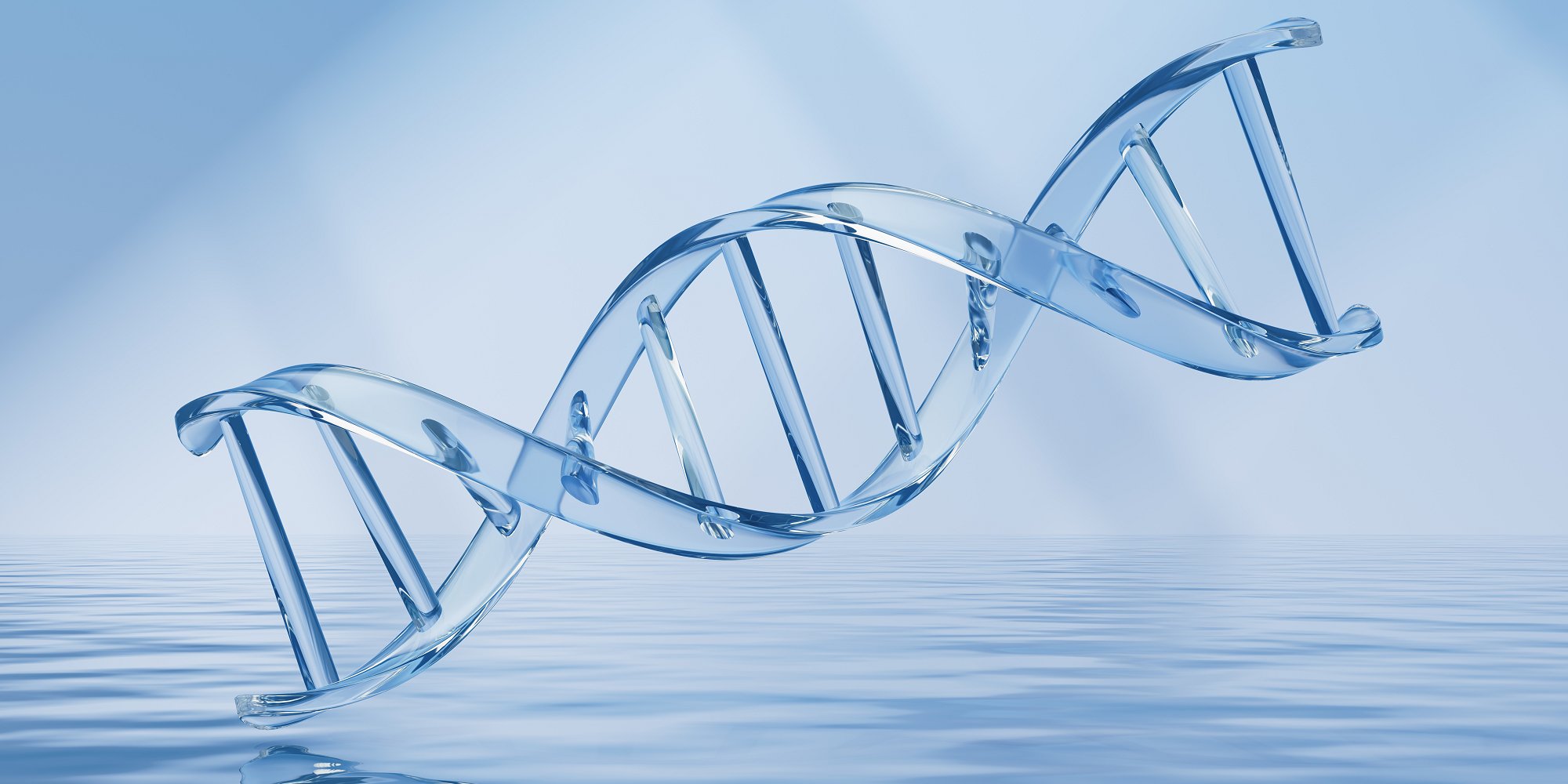Science is imitating art in the quest by biologists to discover, map, and manage Earth’s biodiversity. The “Star Trek” tricorder, which first appeared on television 58 years ago, is becoming reality for detecting the presence and abundance of species from a sample of water, air, or soil. This is possible because the trail of DNA left behind by all organisms, called environmental DNA (eDNA), allows us to detect all the species present in a location even without seeing them.
Last month, I wrote about the potential of this breakthrough technology to reduce the cost and increase the speed and quality of environmental permitting, but many more applications are possible, including early detection of invasive species and fisheries monitoring. Yet eDNA remains mostly in research laboratories and not in the world of decision-making for environmental management. With traditional biological sampling methods, months or years intervene between specimen collection and results. Continuing to rely exclusively on older methods for decision-making is like doing complex calculations by hand when your computer is sitting in front of you.
What satellite photography and other remote sensing methods have done for geography and weather forecasting, eDNA could do for discovering and monitoring biodiversity to inform natural resource management. For more than a decade, research laboratories across the globe have used tried-and-true eDNA approaches that are often cheaper, faster, and more accurate than traditional methods for biological surveillance and monitoring.
Recent eDNA Research That Could Be Put to Use in Management
Recent eDNA uses, largely in research context, include:
- Surveillance for biological invasions or spread of harmful species, including carps in the Chicago waterways, zebra mussels, and the virus causing COVID, in order to eradicate or better manage them.
- Monitoring populations of commercially important fish stocks in the Pacific Northwest.
- Detecting the redistribution of species by global shipping.
- Monitoring biodiversity at proposed Atlantic offshore wind sites.
- Determining the safety of waters for swimming in real time.
- Informing the removal of the snail darter from federal protections.
- Identifying the critical habitat (as well as habitat not worth protecting) for threatened or endangered species.
- Detecting the recolonization by salmon in rivers after the removal of dams.
- Sampling hundreds of lakes across the globe in May.
- Discovering many previously unknown species in the deep ocean.
At the current cutting edge of eDNA technology, autonomous underwater vehicles take water samples and preserve the eDNA they contain for later analysis in a laboratory. In the lab, a small battery-powered box containing a DNA sequencer and computer produces a list of species that occurred near the sample site. Choice of sampling locations can even be guided remotely by real-time results, as demonstrated in a recent study. Using these tools, it is now possible to go from water sample to species detection in a few hours. Thus, almost all the components needed for an eDNA tricorder are already automated and field worthy, just not yet combined into one portable instrument. But using just the existing eDNA approaches right now would yield enormous benefits for decision-making.
The primary impediment to getting eDNA analysis out of the research lab and into the hands of decision-makers has been a lack of U.S. government leadership. Currently, some federal agencies are using eDNA while others are not. Even within agencies, acceptability of eDNA for decision-making differs dramatically. If environmental consulting firms and scientific equipment manufacturers had more certainty that eDNA was approved for use in government regulatory contexts, then greater private sector investments would flow into increased production of eDNA goods and services, securing the opportunity for better, faster, and cheaper decision-making.
In countries where governments have set standards for eDNA to be used in regulatory decision-making, private investments in eDNA capacity have grown to satisfy the demand. For example, the British-based, privately held eDNA-focused company NatureMetrics has raised $45 million in capital since 2020, according to PitchBook. Other countries and supranational groups are also moving rapidly in this direction, including Canada, Japan, China, New Zealand, Australia, and the European Union. It is not too late, however, for the U.S. to reclaim leadership in this growing technology sector.
In a big step forward last month, the White House Office of Science and Technology Policy (OSTP) released the “National Aquatic Environmental DNA Strategy,” which I described last month. The simultaneous release by OSTP of two other national strategies, “The National Ocean Biodiversity Strategy” and the “National Strategy for a Sustainable Ocean Economy,” emphasizes the diversity of applications for which eDNA will be transformational, including biodiversity mapping in the oceans (and freshwaters), and more quantitative accounting for ecosystem goods and services based on biodiversity.
In addition to congressional actions that would accelerate eDNA adoption, which I described last month, executive branch leaders must proclaim their desire to move eDNA from the research lab into the decision-making arena, thus setting expectations to implement the strategy within their agencies and in cooperation with other agencies. OSTP must identify a mechanism for interagency coordination for the development of eDNA standards and the identification of use cases appropriate for immediate adoption of eDNA. Regular reporting of eDNA investments across agencies, often called a cross-cut budget, would establish a budget baseline, and reveal gaps and any redundancies that interagency coordination could remedy.
If the eDNA strategy is well executed, more powerful field-ready eDNA tricorder-like devices that meet new government standards will be developed rapidly and deployed in support of improved ocean management and the development of national natural capital accounting. With the steps described above, taxpayer resources will harness eDNA tech to discover, map, and manage our natural resources more efficiently and effectively.
